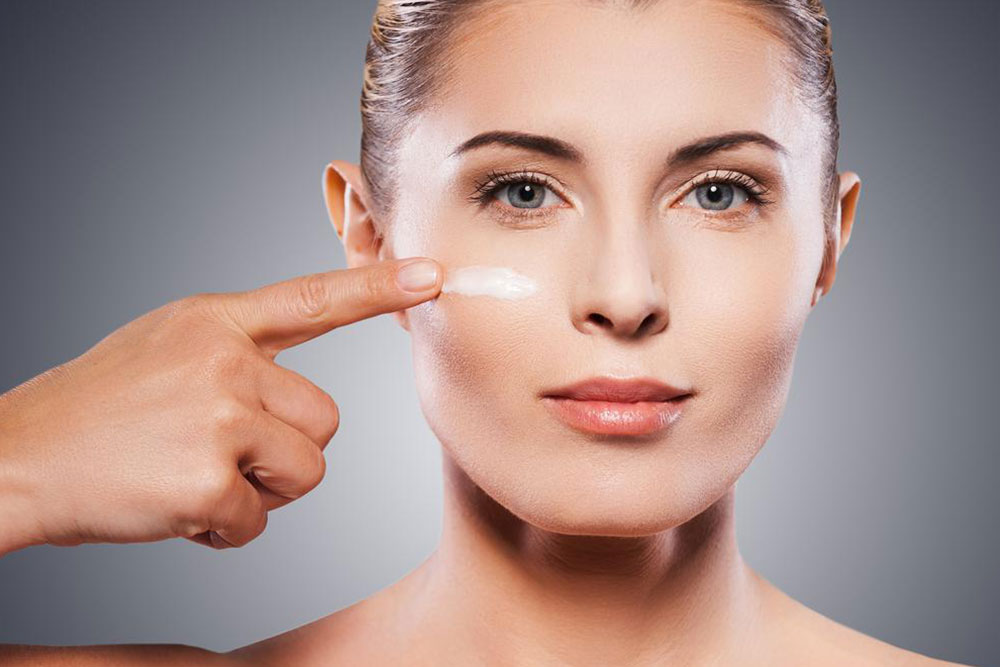Comprehensive Guide to Facelift Procedures and What to Expect
Discover comprehensive insights into facelifts, including various types such as mini, liquid, and non-surgical options. Learn what to expect during and after the procedure, along with recovery tips to ensure optimal results. This guide helps you understand how different facelift techniques can rejuvenate facial appearance and improve confidence with less invasive choices.

A facelift is a cosmetic surgical treatment aimed at restoring a youthful look by tightening loose skin and excess fat around the face and neck. The procedure involves removing redundant skin and suturing the remaining tissue. Different facelift techniques are available, and a plastic surgeon will recommend the best option based on individual goals. This article explores various types of facelifts and important considerations during the process.
Facelifts address signs of aging such as sagging cheeks, jowls, neck skin, and deep folds. While the procedure improves appearance, it cannot halt age progression, which varies with time.
Common age-related changes include skin laxity and fat redistribution. Facelifts can help rejuvenate features by tightening skin and restoring facial contours.
Types of Facelifts
Lower Facelift
This procedure is tailored to individual needs and often targets sagging jowls and neck skin. It is less invasive than full facelifts, resulting in fewer scars and quicker recovery. Ideal for those who are satisfied with their eyes and brow area but wish to improve their jawline and neck.
Liquid Facelift
Involves injecting dermal fillers to smooth wrinkles and lift drooping skin. Suitable for those with mild sagging and minimal wrinkles, this minimally invasive option can enhance features like cheeks, brows, and reduce fine lines around the eyes and lips.
Non-surgical Facelift
A non-invasive approach combining techniques like Botox, fillers, and skin tightening. It effectively targets creases and sagging without surgery, minimizing recovery time and costs.
Mini Facelift
A smaller procedure with tiny incisions near the hairline to elevate the lower face. It typically costs between $3,500 and $8,000, depending on location and provider.
Procedure Overview
Depending on the case, anesthesia may involve local sedation or general anesthesia. The surgeon lifts the skin, tightens muscles, and adjusts underlying fat as needed. Incisions are made around the ears or along the hairline, then stitched to restore facial contours.
Post-Operative Care
Expect some discomfort, swelling, and bruising afterward. Follow-up appointments are essential for healing. Post-surgery care includes wound management, avoiding pressure on incisions, and limiting strenuous activities. Hair treatments should be postponed for six weeks. Adhering to your surgeon's instructions ensures smooth recovery and optimal results.










